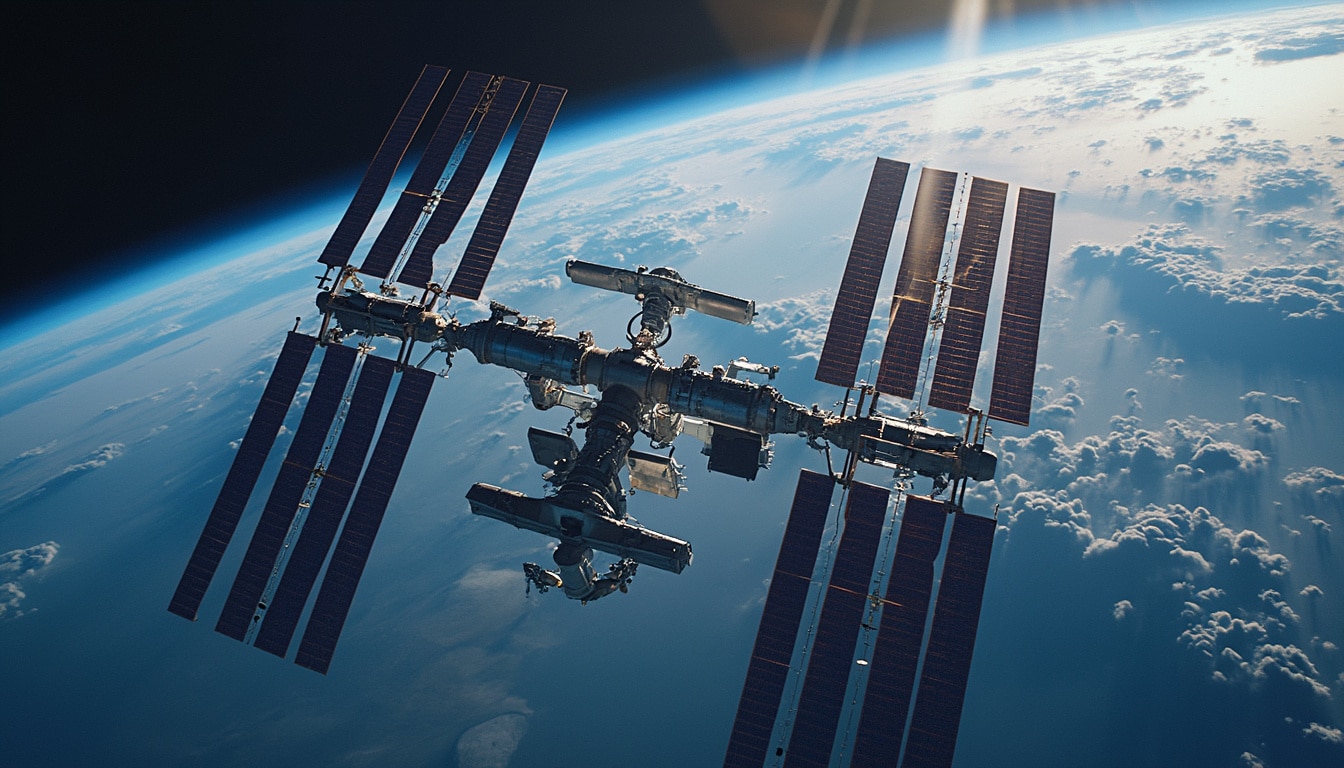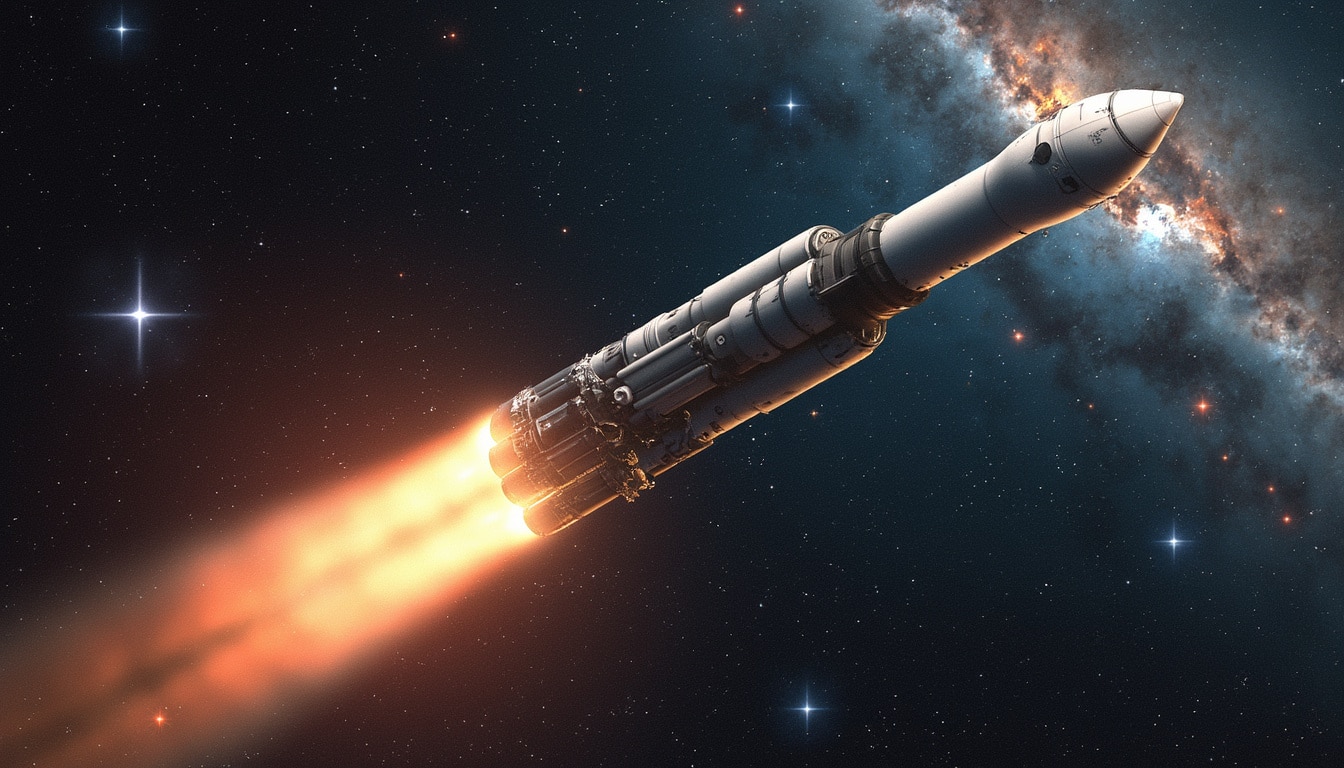NASA and SpaceX are gearing up for an exciting milestone in their ongoing collaboration—a monumental launch set to deliver critical supplies and scientific advancements to the International Space Station (ISS). This undertaking not only encapsulates the essence of modern space exploration but also highlights SpaceX’s impressive capabilities with its Falcon 9 rockets and Dragon spacecraft. With over 6,400 pounds of supplies, equipment, and experiments poised for delivery, this event is a significant contribution to the research being conducted aboard the ISS. The narrative surrounding this mission ties into the larger goals of both NASA and SpaceX as they work towards enhancing humanity’s presence in space.
The next launch is scheduled for April 21, 2025, at 4:15 a.m. EDT, bringing with it an array of scientific investigations aimed at fostering innovations for future space exploration. Intended not just for logistics, this mission emphasizes the importance of continued research in microgravity and its potential benefits for Earth and beyond. As this collaboration unfolds, the anticipation builds among enthusiasts and professionals alike on what discoveries await from such bold endeavors.
The Significance of the Commercial Resupply Missions
Understanding the impact of commercial resupply missions is crucial for contextualizing SpaceX’s role in the future of space endeavors. The collaboration between NASA and SpaceX represents a paradigm shift in the approach toward space logistics. The International Space Station has served as a pivotal platform for scientific research, facilitating various experiments that benefit both space exploration and terrestrial applications.

Enhancing Research Through Commercial Collaboration
The partnership between NASA and commercial entities like SpaceX has allowed for substantial cost reduction and innovation in space logistics. SpaceX’s Falcon 9 rocket, celebrated for its reusability, and the Dragon spacecraft, designed to transport various payloads, are perfect representations of how private companies can contribute to public space missions. Not only do these missions provide essential supplies for astronauts living aboard the ISS, but they also enable cutting-edge experiments that address numerous scientific questions.
With each resupply mission, NASA delivers a wide range of payloads, which may include life-supporting supplies, research equipment, and scientific experiments. The upcoming launch’s payload will encompass not just food and essential equipment but also innovative science experiments designed to push the boundaries of our knowledge. These include developments such as enhanced air quality monitoring systems that could play a vital role in future missions to the Moon and Mars.
Payload Overview and Scientific Experiments
Among the many exciting payloads aboard the Dragon is a series of experiments focused on fundamental physics concepts, including two atomic clocks designed to test principles of relativity and synchronize global timepieces, which can have broad implications for telecommunications and GPS systems here on Earth.
The launch also includes various investigations aimed at refining the capabilities of free-floating robotic systems, which could potentially support astronauts and enhance operational safety on lengthy missions. The implications of successful research are vast, particularly for long-term space habitation and exploration.
| Experiment Title | Focus Area | Potential Applications |
|---|---|---|
| Atomic Clock Experiment | Testing principles of relativity | Enhancing GPS accuracy |
| Robot Maneuver Demonstration | Robotics in microgravity | Support for exploration missions |
| Air Quality Monitoring System | Environmental monitoring | Provisions for crew safety |
Launch Details and Coverage
As the launch date approaches, NASA sets forth a detailed schedule for public engagement. Live coverage will commence at 3:55 a.m. EDT on launch day, allowing enthusiasts and educational audiences to partake in the experience through NASA’s various media platforms.
Virtual Participation Opportunities
Members of the public can register to attend virtually, engaging with the experience from the comfort of their homes. This initiative not only democratizes access to space endeavors but also fosters a sense of community and excitement among those passionate about space exploration.
During the public coverage, updates will be provided regularly, allowing viewers to capture the mission’s essence in real-time, adding layers of enthusiasm to the unfolding events. Media engagement will be facilitated through live updates on various social media platforms, including X (formerly Twitter), Facebook, Instagram, and more, ensuring that the world can follow along with every significant milestone leading to the launch.
Social Media Engagement
For those navigating the digital landscape, NASA encourages followers to share in the excitement by tagging their interactions with the mission’s social media accounts. By engaging in this dialogue, individuals become part of the broader narrative surrounding the mission, further enhancing the public’s relationship with space exploration.
The Future of Space Exploration and Collaboration
This upcoming resupply mission to the ISS forms part of a larger tapestry of ambitions threading through NASA’s agenda. As international partnerships evolve, the focus on sustainable exploration and discovery remains paramount. Each mission builds upon the last, with the trials and successes informing future endeavors.
Long-Term Goals and Future Missions
Looking ahead, NASA’s Commercial Crew Program exemplifies the aspirations shared with private partners like SpaceX. Developing capabilities for transporting astronauts not only facilitates ongoing research at the ISS but also positions humanity for subsequent ventures to the Moon and Mars through projects like Artemis. Each successful mission, such as the upcoming resupply operation, lays down the groundwork for enduring human presence beyond Earth.
The lessons learned from these missions guide the approach to future missions where astronauts will land on the lunar surface, build sustainable habitats, and conduct research, cultivating an atmosphere conducive not just to survival but also to scientific inquiry that can resonate through generations.
The Role of Innovation in Spacecraft Design
The architectural philosophy behind vehicles like the Dragon spacecraft is emblematic of SpaceX’s innovation-driven mindset. Focused on efficiency and sustainability, the design allows for multiple flights, ensuring minimum waste and maximizing the function of each launch. Each iteration provokes critical thinking about what is possible in aerospace engineering, essentially setting higher expectations in spacecraft technology.
Ultimately, the synergy between public institutions like NASA and private enterprises such as SpaceX fosters an environment ripe for exploration and advancement. Initiatives like the SpaceX 32nd resupply mission contribute robustly to the scientific community, bridging gaps between Earth-bound research and studies in space.





Leave a Reply